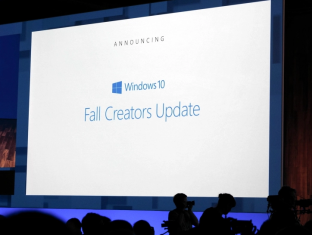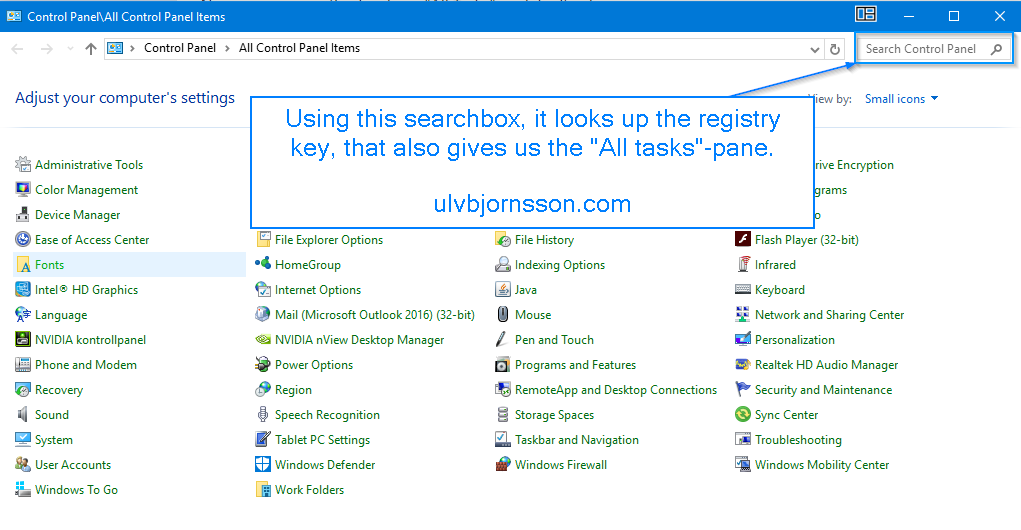The metaverse is coming, and it should be open source. The metaverse is a virtual world that will include all kinds of virtual reality (VR) applications. You can think of it as the internet for VR, but with an emphasis on user-generated content that’s augmented by AI and machine learning technologies. It’s still early days, but this future has been imagined by sci-fi writers for decades—we’re finally getting close to seeing what they were talking about come to life.
The metaverse has been talked about for decades, but now it is finally happening. This is a good thing: the world is becoming increasingly decentralized and open-source, and we should embrace that shift by embracing an open-source metaverse. Open source enables greater diversity of ideas, creativity, and innovation because anyone can contribute to it. It also allows interoperability between systems while avoiding vendor lock-in (where you are stuck with whatever your service provider offers).
For example, if someone comes up with a great idea for a new virtual reality game or social network inside the metaverse then others won’t have to wait for permission from some centralized authority before being able to adopt this new technology into their own systems within the metaverse—they can just take it from them directly as long as they give credit where credit is due!
What it could look like in the future
The metaverse as we want it has a decentralized identity layer, but the challenge is that it is still too centralized in terms of the application layer. In order for VR to become truly open-source, there needs to be interoperability between different applications. The way this can be achieved is by creating an open source standard that all developers must comply to when building their applications. This will ensure that your data won’t be trapped within certain platforms.
Read More »


















 Well improved detection, response capabilities and a growing detection dictionary that includes more indicators of attacks (IoA) with a large suite being gathered into one product in the Windows threat protection stack will allow you to remedy, as well as spot weaknesses far faster then before, and reduces the overhead required and the custom implementations required to make all the systems “talk“.
Well improved detection, response capabilities and a growing detection dictionary that includes more indicators of attacks (IoA) with a large suite being gathered into one product in the Windows threat protection stack will allow you to remedy, as well as spot weaknesses far faster then before, and reduces the overhead required and the custom implementations required to make all the systems “talk“.








